A clogged basement sink can stem from blocked pipes or problems with the main sewer line. First, try using a plunger or a plumber’s snake to clear the obstruction.
Dealing with a Basement Sink Not Draining? Encountering a non-draining sink in your basement can point to a few common culprits. It could mean a simple clog in the drain, which is often the case in houses where the basement sink sees a variety of uses—from laundry to DIY project cleanups.
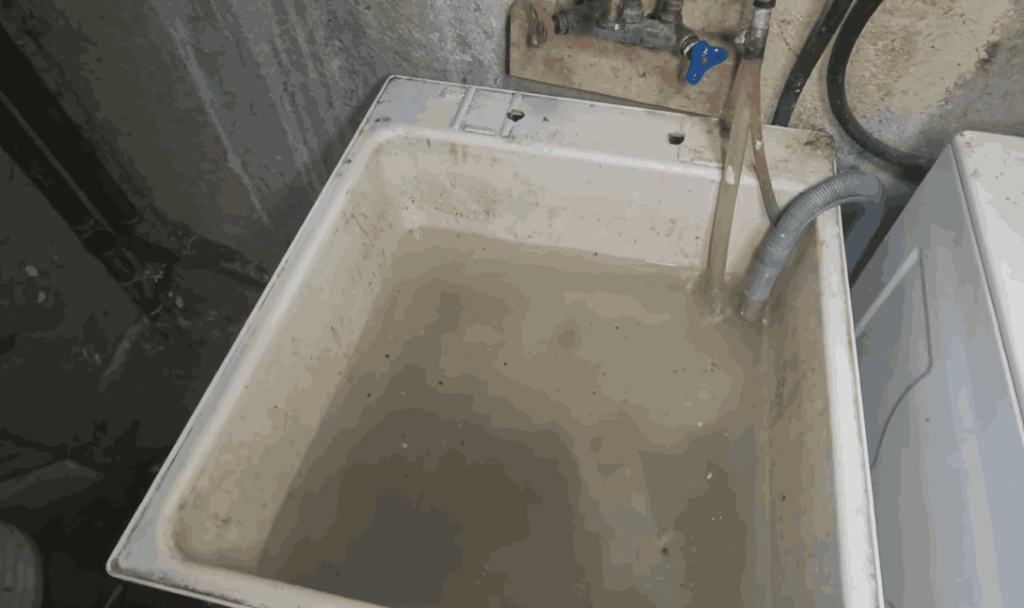
It’s important to address this issue swiftly to prevent water damage or more serious plumbing complications. DIY enthusiasts might tackle the problem with manual tools, while others might prefer the expertise of a professional plumber.
Ensuring your basement sink drains properly is vital for maintaining your home’s hygiene and functionality. Regular maintenance checks can keep such inconveniences at bay, guaranteeing a well-functioning drainage system in your basement.
Introduction To Basement Sink Issues
A basement sink that won’t drain triggers inconvenience and concern. The root causes helps prevent future clogs and ensures swift solutions. Let’s dive into what could be causing your basement sink to back up.
Common Reasons For Basement Sink Blockages
Several factors contribute to basement sink blockages:
- Grease Buildup: Cooking oil and greases solidify inside pipes.
- Hair and Soap Scum: These combine to form stubborn clogs.
- Tree Roots: Nearby tree roots can invade sewer lines.
- Foreign Objects: The accidental dropping of small objects can result in blockages.
- Old Pipes: Wear and tear over time can corrode and narrow pipes, leading to obstructions.
Importance Of Addressing Drainage Problems Promptly
Quick action avoids costly repairs and maintains a healthy home environment. Blocked drains can lead to water damage, mold growth, and unpleasant odors. Stay proactive by addressing basement sink issues as they occur.
Identifying The Cause Of The Clog
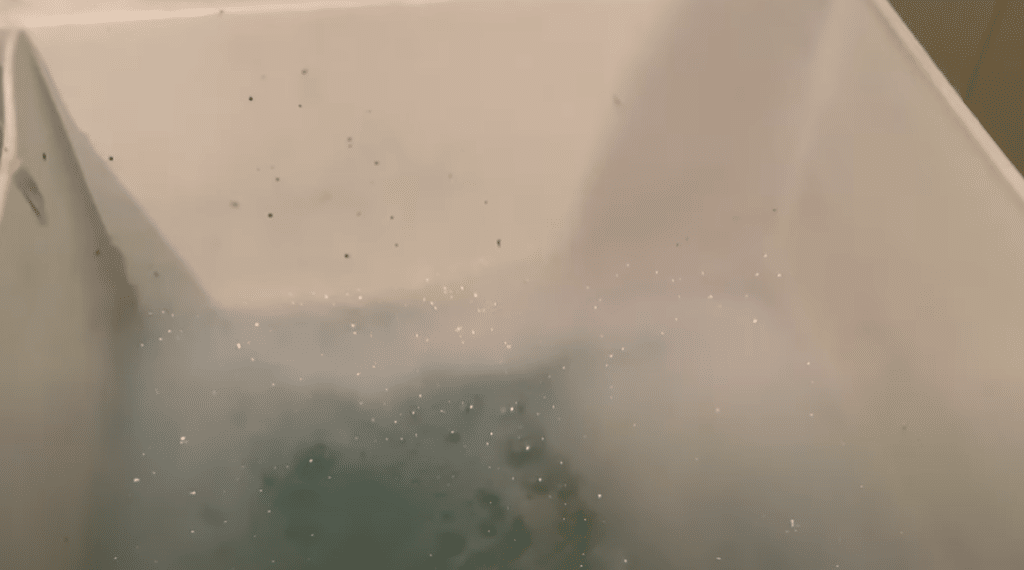
Is your basement sink refusing to drain? A clogged sink can be a real hassle, disrupting your daily routine. To tackle this, knowing the ‘why’ is essential. It could be a simple fix or something more serious. Let’s dive into how to pinpoint the cause of the clog.
Assessing Sink Usage and Common Clogging Substances
Assessing Sink Usage And Common Clogging Substances
Basement sinks often handle heavy-duty cleaning. Assessing what goes down the drain is the first step. Think of substances that block pipes. Here are some usual culprits:
- Hair and soap scum
- Fats, oils, and grease
- Food particles
- Foreign objects like paper or cotton swabs
DIY Inspection Techniques for Drainage Issues
Diy Inspection Techniques For Drainage Issues
To uncover the core issue, try these simple steps for a DIY inspection:
- Visual Inspection: Check above the drain for visible obstructions.
- Manual Test: Use a plunger to dislodge common blockages.
- Check the P-Trap: This curve under the sink can trap debris.
- Use a Plumber’s Snake: This tool can help clear deeper clogs.
- Eco-Friendly Cleaners: Gentle on pipes, tough on clogs.
Note: If your efforts don’t solve the problem, seeking professional help is wise. A blocked drain might also signal issues deeper within your home’s plumbing system.
Initial Steps To Unclog Your Basement Sink
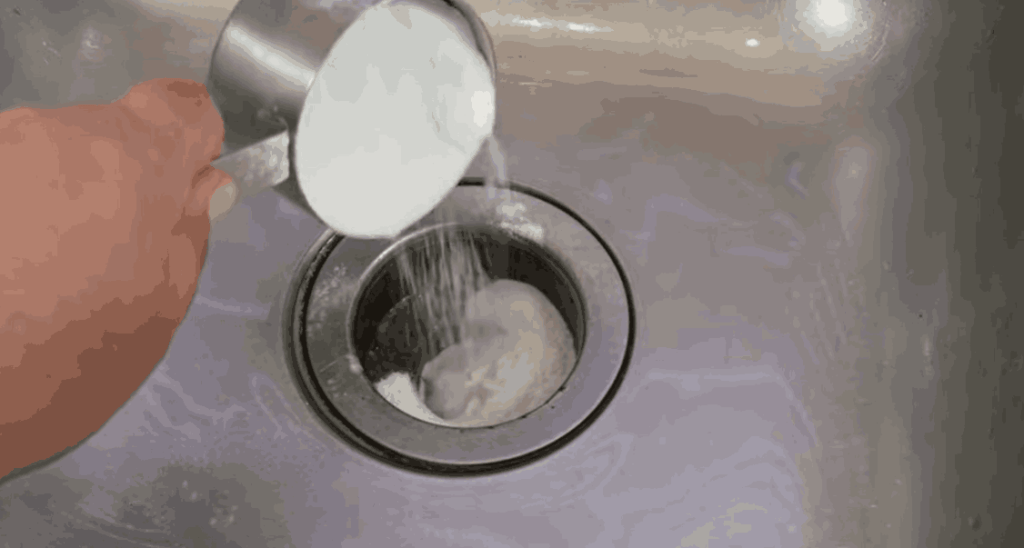
Dealing with a problematic basement sink that won’t drain can be frustrating. Before calling a plumber, try these simple DIY fixes to tackle the issue. Quick and easy methods can often restore flow, saving time and money.
Safe And Effective Use Of A Plunger
Using a plunger is the first line of defense against a clogged sink. Here’s how:
- Fill the sink: Ensure there’s enough water to cover the plunger’s head.
- Seal the drain: Fit the plunger securely over it.
- Pump vigorously: Push and pull without breaking the seal.
- Check drainage: Remove the plunger to observe.
Repeat these steps if necessary. Consistent pressure can dislodge common blockages.
Hot Water Flushes: A Simple Fix For Minor Clogs
Hot water can sometimes clear slight clogs without harsh chemicals. Follow these steps:
- Boil water: Use a large pot for ample volume.
- Pour slowly: Allow the hot water to work through the clog.
- Wait: Give it a few minutes.
- Test: Run the faucet to check progress.
This method is safe and can be repeated several times for stubborn sink clogs.
Chemical Solutions And Their Safety

Basement sinks not draining can prove to be a real headache.
Often, the solution involves the use of chemical cleaners. The safety of these products is vital. This section will explore various chemical solutions and their safety profiles
Selecting Appropriate Chemical Cleaners
Before reaching for a chemical cleaner, identify the type of clog you’re dealing with.
- Organic clogs need enzyme-based cleaners.
- Grease or soap responds well to alkaline solutions.
Select cleaners that are specifically designed for residential use to ensure safety.
Precautions And Environmental Considerations
Chemical solutions can be hazardous when not used properly.
- Always wear gloves and goggles.
- Ensure proper ventilation in the area.
- Follow the manufacturer’s instructions closely.
Consider the environment. Many cleaners can harm wildlife and ecosystems. Opt for eco-friendly options when possible.
Disposal of chemicals should always adhere to local regulations. This protects our planet while solving your sink issue.
Manual Methods For Tackling Tough Clogs
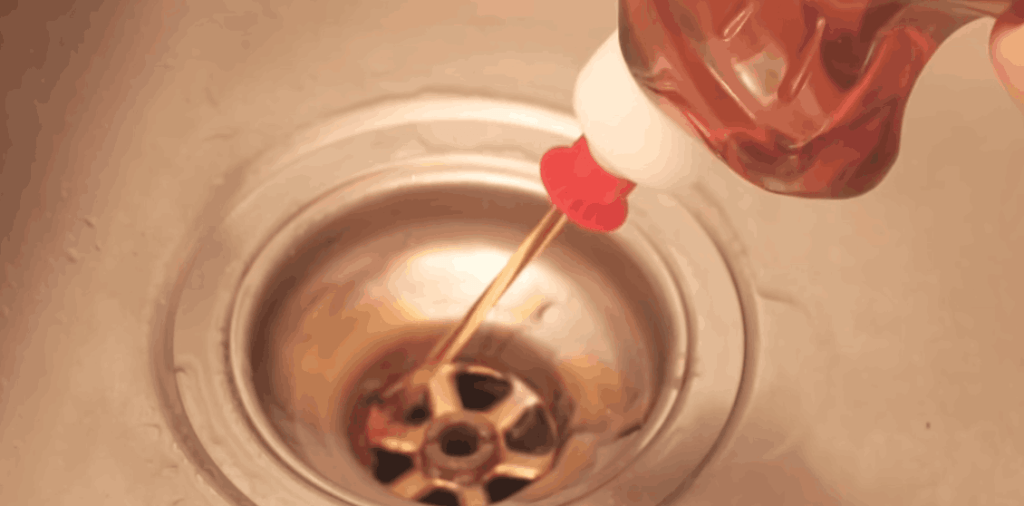
Dealing with a basement sink that refuses to drain can be a daunting task. Before reaching out for expensive professional help, consider trying your hand at manual methods to clear away those stubborn clogs.
These hands-on techniques often prove effective, giving you back a fully functional sink without heavy costs. Let’s explore some do-it-yourself methods!
Using A Plumbing Snake
One of the most reliable tools for unclogging a drain is the plumbing snake. This flexible and slender auger is perfect for reaching deep into pipes. Follow these simple steps to maneuver the snake through your clogged sink:
- Remove the sink stopper if there is one.
- Insert the tip of the snake into the drain opening.
- Rotate the handle of the snake as you push it downward.
- When you feel resistance, you’ve reached the clog.
- Twist and push through the obstruction until the water drains smoothly.
Disassembling The P-trap
The P-Trap is the curved pipe found under your sink. It often collects debris, leading to clogs. To clean it:
- Place a bucket beneath the P-Trap to catch water and debris.
- Unscrew the slip nuts at both ends of the P-Trap manually or with pliers.
- Remove the P-Trap and clean out any obstructions inside.
- Reassemble the P-Trap tightly to prevent leaks.
- Run water to test for proper drainage.
Tip: Always wear gloves to protect your hands from dirt and possible sharp objects within the pipes.
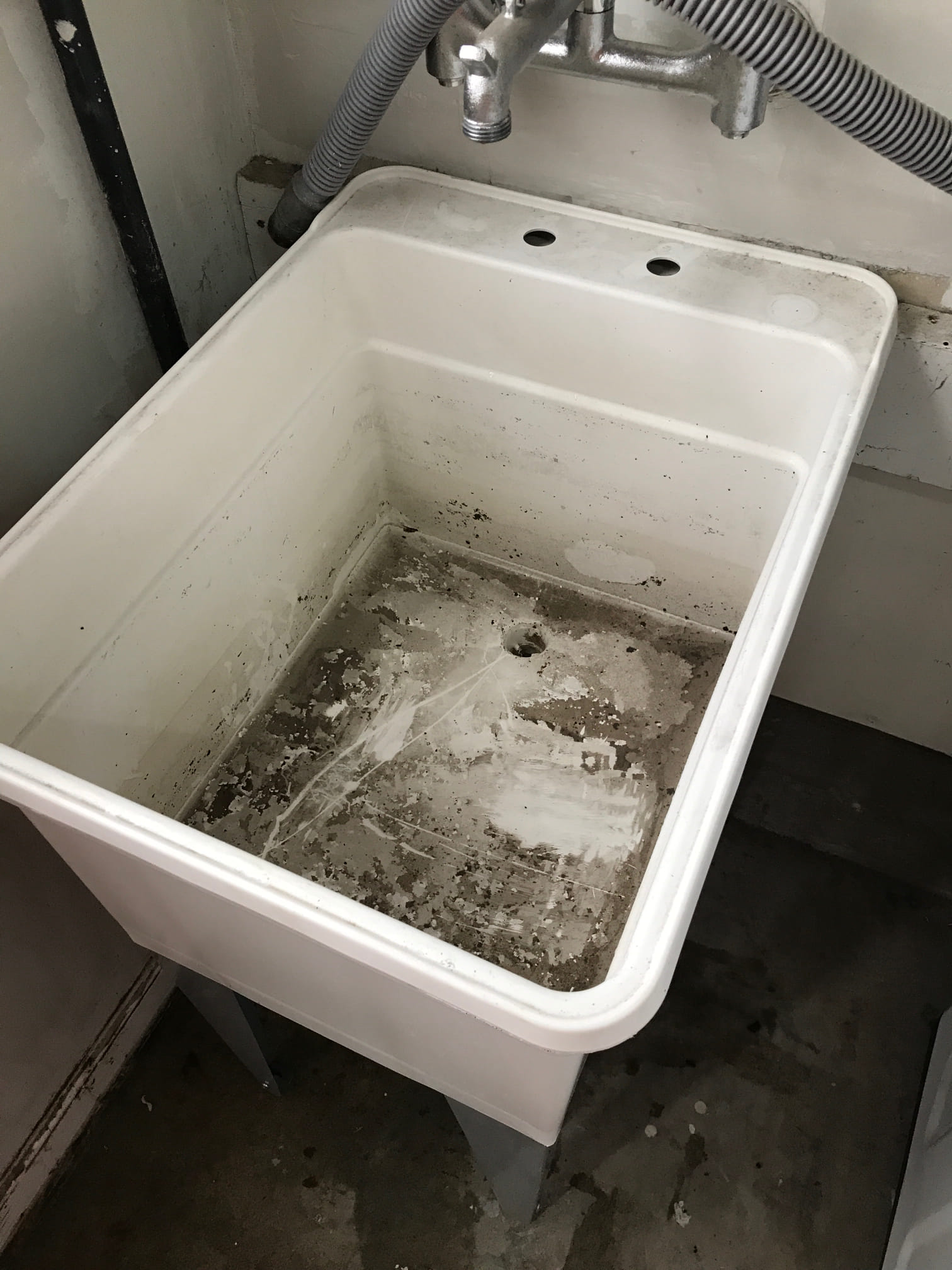
Preventative Measures To Keep The Sink Drain Clear
Nobody likes a clogged basement sink. Regular maintenance saves time and money. Applying simple measures ensures a free-flowing drain. Let’s dive into best practices and products to steer clear of.
Best Practices For Basin Maintenance
Consistent care keeps basement sinks operational. Follow these steps:
- Hot Water Flush: Run hot water weekly to dissolve buildup.
- Use strainers to catch debris that can cause clogs.
- Regularly clean the stopper, removing trapped hair and soap scum.
- Biodegradable cleaners help maintain pipe health.
- Avoid oily substances that can solidify in pipes.
Products To Avoid In Basement Sinks
Some products may lead to unexpected blockages. Here’s what to avoid:
| Product Type | Risks |
|---|---|
| Construction materials | Settles in pipes, causing blocks |
| Coffee grounds | Clump together, creating clogs |
| Grease and fats | Hardens in pipes, restricting flow |
| Paper products | Do not dissolve, leading to backups |
| Chemical cleaners | Can corrode pipes over time |
Protect your basement sink by sticking to simple cleaning methods and being mindful of what goes down the drain!
Professional Intervention: When To Call A Plumber
A clogged basement sink is an inconvenience that disrupts daily household chores. Sometimes, DIY solutions fall short, and expert intervention becomes necessary. Knowing when to call a plumber can save you from a future of water damage and costly repairs. Let’s explore the signs that demand a professional’s touch.
Recognizing Signs Of Complex Plumbing Problems
- Water backs up and does not drain properly.
- Foul odor emerges from the drain, suggesting blockage.
- Strange gurgling noises occur during drainage.
- Multiple fixtures get clogged at the same time.
- Persistent issues despite using a plunger or drain cleaner.
Advantages Of Hiring A Professional Plumber
| Advantage | Benefit |
|---|---|
| Expertise | Identifies and resolves complex issues efficiently. |
| Tools and Equipment | Utilizes professional-grade tools for effective repair. |
| Time-Saving | Quickly addresses the problem, preventing further damage. |
| Guarantee | Offers assurance of the quality of work. |
| Preventive Tips | Guides future maintenance. |
Upgrading Your Drainage System
Say goodbye to standing water with a drainage system upgrade for your basement sink.
If your basement sink isn’t draining, stagnant water can cause odors, slow down your routine, and lead to bigger problems like mold.
Find how an upgrade with efficient solutions can keep water flowing and your basement functional.
Considering A Basement Sink Pump
When gravity isn’t on your side, a basement sink pump can be a savior. These pumps push water from your sink up to your home’s main drainage system. It is a must-have for basement fixtures that sit below the sewer line level.
- Prevents water backup and promotes consistent drainage.
- Helps protect against water damage and mold growth.
- Automatic activation means no manual effort.
Choose the right pump capacity for your needs. Having the correct horsepower ensures effective water ejection. Trust a professional to pick the best fit for you.
Installation And Maintenance Of New Drainage Solutions
Proper installation sets the stage for a reliable drainage system. Always opt for a licensed plumber to do the job. They know how to handle water lines and electrical connections safely.
Maintenance is key to a long-lasting upgrade. Cleaning the pump and checking pipes routinely prevent clogs and failures. Note these simple maintenance tips:
- Inspect your pump and pipes every few months.
- Look for any unusual noises or vibrations from the pump.
- Clean the pump’s screen or inlet once a year to avoid blockages.
With these steps, worry less about basement floods. Regular maintenance keeps your system in top shape. Enjoy a safer and more functional basement space today.
Legal And Insurance Considerations For Basement Flooding

A basement sink that won’t drain can lead to more than just a temporary inconvenience. Such issues may cause flooding. This can have serious legal and insurance repercussions. Homeowners must understand the nuances of policies and codes. Knowledge safeguards against potential financial loss.
Homeowner’s Insurance Coverage
Insurance often seems complex. Yet clarity on what your policy covers is vital. Many policies exclude damage from sump pump failure or sewer backups without specific endorsements. Scrutinize your policy with these pointers:
- Review your policy annually to ensure coverage adequacy.
- Check for flood protection. Standard policies may not include it.
- Consider additional coverage if your basement is fully finished or stores valuables.
Local Plumbing Codes And Compliance
Your plumbing system must meet local codes. Non-compliance can lead to denied insurance claims. Ensure compliance with these steps:
- Consult local code requirements on the official municipal website or at city hall.
- Have a certified plumber inspect your basement plumbing.
- Upgrade outdated systems to current standards immediately.
Ensuring Proper Drain Maintenance
Drain issues in the basement can cause great inconvenience. Regular maintenance is key to avoiding unwanted stress.
Summarizing Key Points On Maintaining Basement Drains
- Clear out debris to avoid clogs.
- Use drain guards to catch hair and other particles.
- Flush with hot water regularly for smooth flow.
- Enzyme-based cleaners can help maintain clear pipes.
- Don’t ignore slow drains; they signal potential problems.
Emphasizing The Importance Of Routine Plumbing Checks
Consistent plumbing checks can prevent serious issues. A professional can spot small problems before they grow worse.
| Frequency | Action | Reason |
|---|---|---|
| Monthly | Visual Inspection | Identify early signs of leaks |
| Bi-annually | Professional Check-up | Ensure thorough maintenance |
Catch issues early for a trouble-free basement sink. Quick, effortless, and effective action can save you time and money.
Frequently Asked Questions Of Basement Sink Not Draining
Why Is My Basement Sink Not Draining?
The sink may not be draining due to a clog in the pipes. Common causes include accumulated hair, soap residue, or food particles. It’s essential to identify and remove the blockage to restore proper drainage.
Can A Blocked Vent Cause Sink Drainage Issues?
Yes, a blocked vent can hinder proper airflow, which is necessary for water to flow smoothly through the drainage pipes. This can lead to slow or stopped drainage in your basement sink.
What Home Remedies Can Unclog A Sink Drain?
Baking soda and vinegar can often clear mild clogs. Pour half a cup of baking soda followed by half a cup of vinegar down the drain. After waiting for 15 minutes, flush with boiling water for a quick DIY fix.
How Do You Snake A Basement Sink Drain?
Start by inserting the end of the snake into the drain. Turn the handle clockwise while pushing forward to dislodge any debris. Continue until you feel resistance, then remove the snake, pulling out any accumulated clogs.
Conclusion
Dealing with a blocked basement sink can be frustrating, but with the right approach, it’s manageable. Always remember, that regular maintenance is key to preventing clogs. For stubborn blockages, professional help might be your best bet. Keep these tips in mind for a smoothly running drain — peace of mind is just a fix away.

